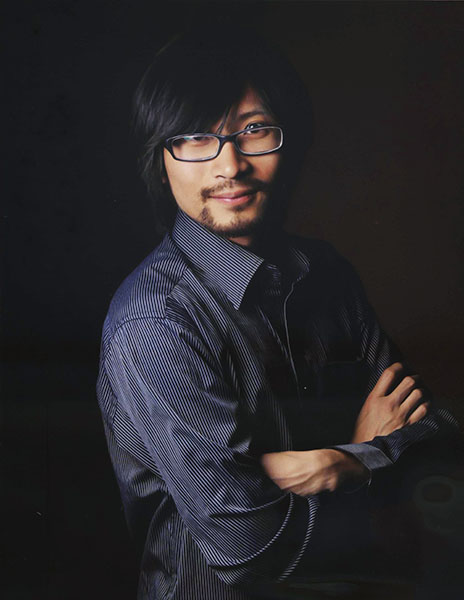

Yang described how his team was "building a new animation technique from scratch". One example was animating a large cluster of auspicious clouds, something never attempted before. According to Yang, the final version of the clouds features multiple circular lines that rotate independently, with the overall outline moving alongside the inner circles. This creates a dynamic effect as cloud clusters merge, separate, and then merge again.
"While it may appear to be a single pattern, it actually contains many layers of motion, making this technique a breakthrough for us," explained Yang.
Illustrating animals like snakes, turtles, and chickens pecking at grain also presented challenges for Yang and his team. Despite their industry experience, it was their first time animating some of these animals.
"We looked for references from books and videos, and some team members even visited the zoo. We needed to see the actual animals and capture their appearances from different angles before bringing them to life in animation," Yang said.
As Unfinished received attention and praise, many netizens suggested that if expanded into a feature-length film, it could become the next "classic". Yang's response was practical. He noted that his combined team of about 70 people took six months to complete the later production stages for the short film. "Creating a full-length film would require two to three hundred staff," he said.
He added that innovative techniques, like the new movement patterns, are mastered by only a small number of specialists. "Making short films is like using experimental technology in a lab, not yet ready for mass production," Yang explained. "While we've developed the method in a lab setting, scaling it up would pose numerous challenges — standardization issues, a limited pool of skilled personnel, and the training of a larger talent base are all practical obstacles."
However, he is optimistic about the broader animation industry. He highlighted that over the past decade, Chinese animation has made huge progress.
"In 3D technology, we're second globally, behind only the United States. In 2D, we're just behind Japan. This means that in the lab environment of short film animation, we're quite strong," he said.
Yang pointed out that Japanese animation stands out because of its mature and well-established industry, with standardization across all areas and a deep talent pool.
"For feature-length films, we need a much larger talent base. This is the reality for China's animation industry: a handful of skilled artists isn't enough — we need a fully developed ecosystem of talent," he said.